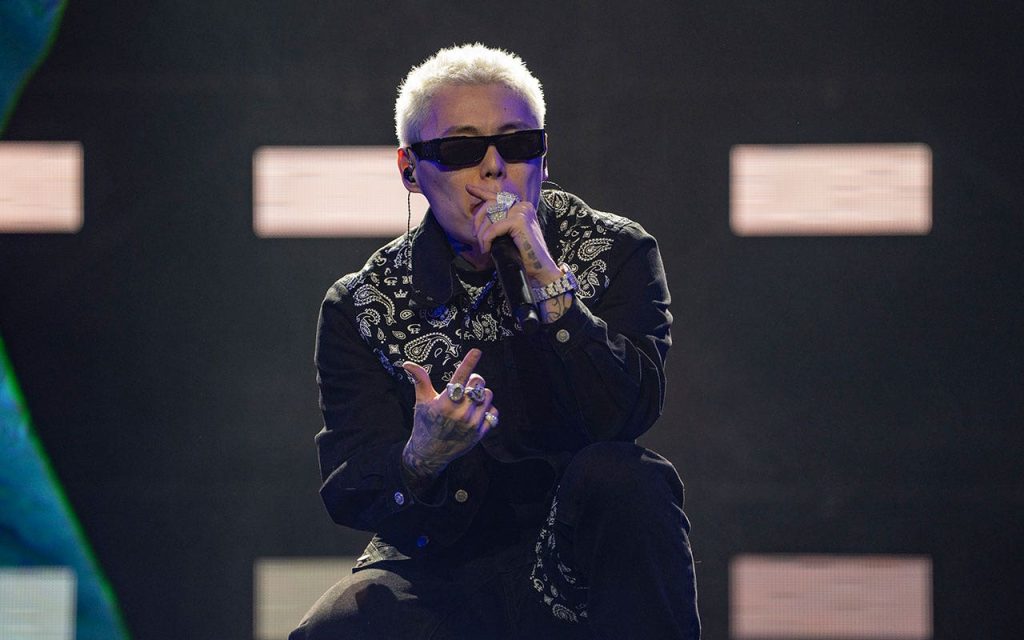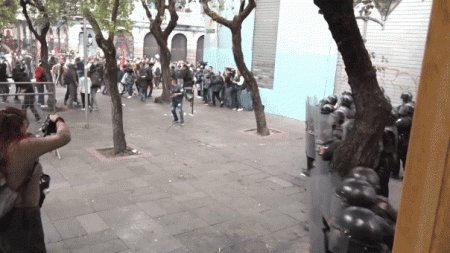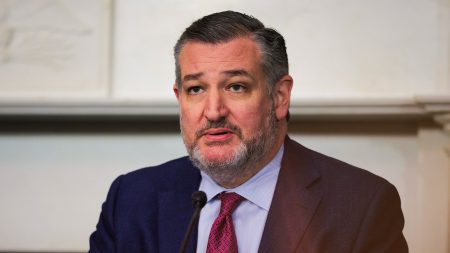Hip-hop has seen a surge in popularity in China, with the TV show “The Rap of China” playing a significant role in introducing rap culture to millions. However, government regulations have caused changes in the show’s format to align with censorship guidelines. Following a directive from censors to avoid featuring artists with tattoos or those associated with hip-hop, speculation arose about the future of the genre in China. The sudden silence around hip-hop on Chinese TV created uncertainty among fans, but the genre eventually made a strong comeback due to its overwhelming popularity.
Chinese hip-hop’s growth has continued to flourish, particularly in Chengdu, where some of the biggest names in the country’s rap scene originate from. While hip-hop in Chengdu started with trap influences, it has evolved towards a mix of lighter sounds such as R&B and afrobeat rhythms. The city’s dialect, known for its softer tone and abundance of rhyming words, lends itself well to rap music. Chengdu has also become a welcoming space for outsiders in the hip-hop community, as artists from different backgrounds collaborate to create music that resonates with a wider audience.
“The Rap of China” has been instrumental in shaping the rap industry in China, drawing in a massive audience and launching the careers of new stars. The first season of the show garnered billions of online views and played a pivotal role in mainstreaming rap and hip-hop culture in the country. Following concerns over content violating censorship guidelines, the show underwent a rebranding, where hip-hop was symbolized as “shuochang” or storytelling. Regulators allowed hip-hop to continue its growth as long as it steered clear of taboo subjects, demonstrating the government’s success in shaping the genre.
With tight censorship on topics like drugs and sex in lyrics, Chinese artists have adjusted by either embracing patriotism or steering clear of controversial themes. Some artists, like GAI, have embraced patriotic themes in their music, aligning with the government’s objectives. Others, like Fulai, have found creative ways to navigate censorship through clever lyrics and unique storytelling. Developing a Chinese brand of rap remains a work in progress, as artists strive to create authentic content that resonates with Chinese audiences while staying true to the genre’s roots.
Despite the challenges posed by censorship, Chinese hip-hop continues to thrive as artists find innovative ways to express themselves while adhering to regulatory guidelines. The mainstreaming of the genre in Chengdu and other regions has led to the emergence of new talents and a vibrant music scene. While the underground rap battles of the past may have disappeared, the field has more artists than ever, contributing to the genre’s diversity and growth. Chinese hip-hop artists are optimistic about the future, looking forward to a golden age of creativity and originality that is uniquely Chinese.













